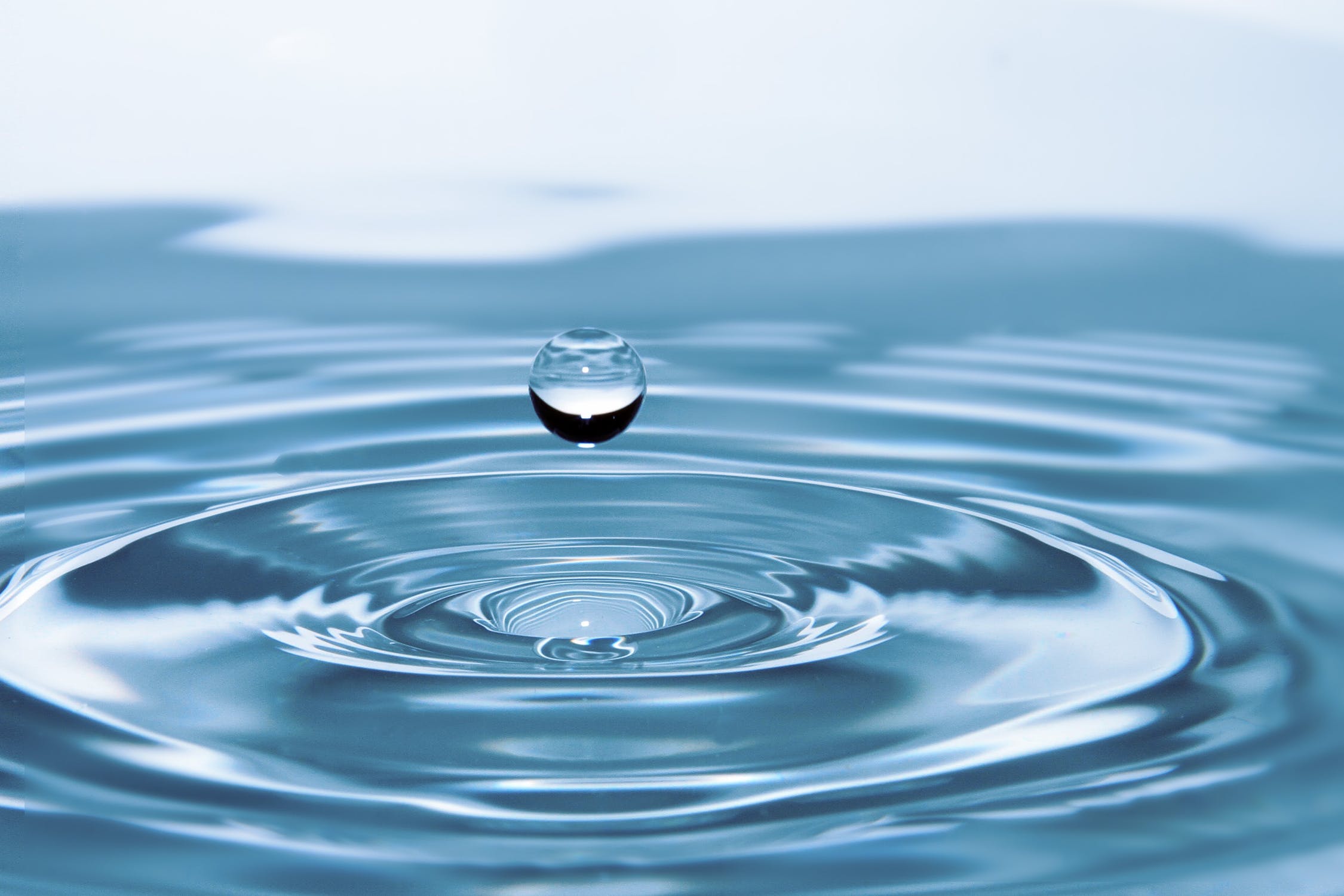
Ep. 520: Harold Han
March 9, 2020Harold Han discusses using emulsion technology to deliver cannabinoids into liquids. Han explains why this is a superior way of consuming cannabis: “I think everybody had this horrible experience of eating a brownie, didn’t get high, and get hungry and eat another one until they got hit by a bus…This is a new whole category. Consumers, I think, are looking for two things: consistency and predictability.” He then takes us through the nitty-gritty aspects of making a consistent beverage with cannabis emulsion, and shares that feedback from clients is one of the main factors in deciding how to manufacture the products. Han also discusses the importance of data, the historical fear of cannabis, and the necessity of educating the public.
Transcript:
Seth Adler:
Harold Han joins us. Welcome to Cannabis Economy. I'm your host Seth Adler. Download episodes on canneconomy.com, that's two Ns and the word economy, or wherever you currently get your podcasts. First a word from our supporter and then Harold Han.
Seth Adler:
KannaSwiss has built a team of experts focused on quality and care above all else. Customers are partners on the path to greater health, and the KannaSwiss team is dedicated to providing top-of-the-line hemp products. The entire KannaSwiss offering is created from organic cannabis from the Swiss Highlands, ecologically farmed, lab processed and purified in their own facilities, which adhere to the strictest safety and quality standards, all while utilizing the latest in pharmaceutical science and equipment. Working out of their brand-new facility in Kölliken, Switzerland, KannaSwiss uses the most advanced indoor grow science known to date, and they're constantly working to push the boundaries of cultivation knowledge forward. KannaSwiss already has partners all over the globe. Go to kannaswiss.com to learn more.
Seth Adler:
All right, Harold Han.
Harold Han:
Hey Seth.
Seth Adler:
It took us long enough to put this together, didn't it?
Harold Han:
Yeah.
Seth Adler:
We're here at MJBiz, kind of. We're at MJBiz adjacent as we speak, in an undisclosed location because I haven't disclosed it, I guess. We could disclose it, but why would we? We've got too much to talk about because you and my friend Ben Larson are working together and you're doing big things. You're doing new things, you're doing different things. Is that a good way to put it?
Harold Han:
Yeah, it is. It is not a new technology, but we apply the technology in a totally new field.
Seth Adler:
You're saying nanotechnology is not a new technology.
Harold Han:
Emulsion technology is not new.
Seth Adler:
Emulsion technology is not new.
Harold Han:
Mm-hmm (affirmative).
Seth Adler:
We know it from is such industries as?
Harold Han:
That's why I spent five years on my PhD studying emulsifiers, studying emulsions, and emulsion has been used in flavors, cloudiness, to help make a unique beverage for many years.
Seth Adler:
All right. So, they've dealt with things like flavonoids, right?
Harold Han:
Flavors, essentially.
Seth Adler:
Oh, excuse me.
Harold Han:
Orange oil, different mint oil. They want to put the orange flavor into the soda, so they have to borrow emulsion technology to deliver that.
Seth Adler:
Okay, and what is emulsion technology, just in case we're not talking to 100% PhDs here?
Harold Han:
Awesome. It's very simple, actually. Emulsion is the way that you deliver oil into water or you can deliver water into oil. In our case, we're deliver a cannabinoid, which is a oil form, into aqueous water form.
Seth Adler:
Uh-huh (affirmative). Why do we want to do this? This seems very difficult, why don't just do it the old way?
Harold Han:
Yeah. If you do it the old way, the oil doesn't go into water naturally, so it separates.
Read the full transcript:
Become a member to access to webinars, quarterly reports, contributor columns, shows, excerpts, and complete podcast transcripts
